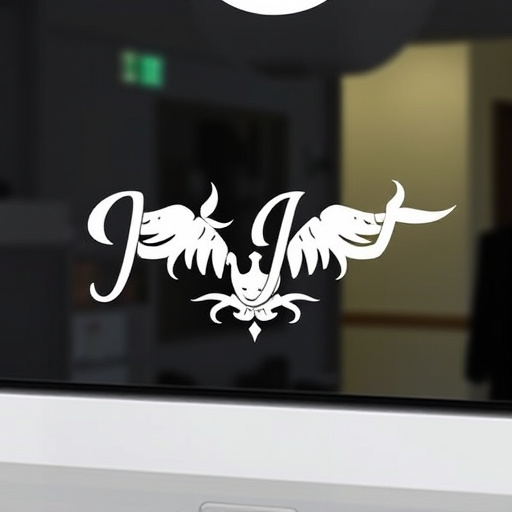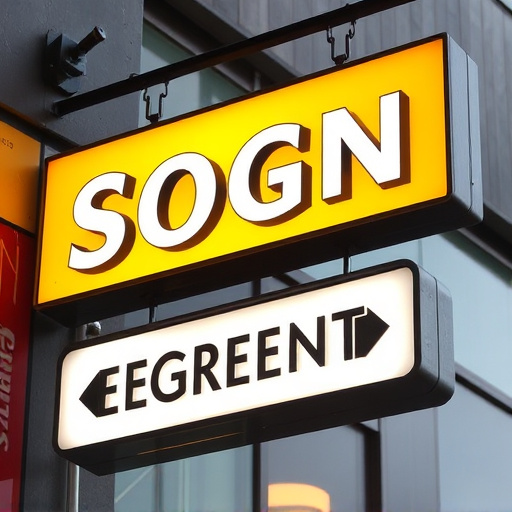In premium automotive services, understanding client needs and priorities is key to setting realistic expectations for quick turnaround times. Transparency is vital; clearly communicate specific timeframes for services like window tinting or enhancements (ranging from a few hours to a day). Streamline operations with technology and automation, optimize resource allocation, use project management tools, and offer in-house services to achieve faster completion times while building trust through open communication.
Setting client expectations around quick turnaround times is vital for building strong, successful partnerships. This article explores strategies to help you understand client needs and priorities, communicate realistic timelines, and implement effective practices to achieve swift delivery without compromising quality. By mastering these techniques, you’ll enhance client satisfaction and solidify your reputation as a reliable service provider. Discover actionable insights on navigating tight deadlines and delivering exceptional results every time.
- Understanding Client Needs and Priorities
- Communicating Realistic Timeframes
- Strategies to Achieve Quick Turnaround Times
Understanding Client Needs and Priorities

Understanding client needs and priorities is a fundamental step in setting realistic expectations for quick turnaround times. Every customer approaches their project with unique objectives and constraints. Some may seek immediate results, driven by urgent requirements or tight schedules. Others might prioritize quality over speed, valuing meticulous craftsmanship and detailed finishing touches that take longer to achieve.
In the realm of premium automotive services, clients often expect swift solutions for protection through applications like paint protection film and protective coatings. They want their vehicles to look pristine while safeguarding against the elements. However, recognizing these varying expectations is key to managing client hopes effectively. Communicating openly about potential delays due to complex tasks or material curing times can foster transparency and build trust, ensuring a harmonious relationship from the outset.
Communicating Realistic Timeframes

When setting client expectations for quick turnaround times, transparency is key. Communicate realistic and specific timeframes from the outset to ensure clients understand what they can expect. For instance, if offering services like window tinting or premium automotive services, clearly state the average processing time for each service. This could range from a few hours for simple tasks like interior cleaning to a day or more for complex vehicle enhancements.
By providing this information upfront, you set a clear standard and manage client expectations. It’s important to note that while quick turnaround times are a selling point for many clients, unforeseen circumstances can sometimes cause delays. However, keeping the lines of communication open and providing regular updates will help maintain trust and ensure clients feel informed throughout the process.
Strategies to Achieve Quick Turnaround Times

To achieve quick turnaround times, businesses should implement strategic practices that streamline operations and prioritize efficiency. One effective approach is to optimize resource allocation by leveraging technology and automation. For instance, digital platforms can automate initial client inquiries, scheduling, and even basic design elements, reducing manual effort and processing time.
Additionally, establishing clear communication channels ensures a seamless flow of information. Using project management tools allows for real-time updates, easy collaboration, and quick resolution of any issues. This transparency builds trust with clients, as they remain informed throughout the process. Furthermore, offering a range of services in-house, such as vinyl wraps or ceramic coating alongside high-quality finishes, enables faster completion times by reducing the need for external specialists, thus meeting tight deadlines with consistent quality outcomes.
In setting client expectations around quick turnaround times, understanding their needs and communicating realistic timelines are key. By implementing effective strategies to streamline processes, you can consistently deliver exceptional service while managing client expectations. Remember, a transparent approach with clear communication fosters trust and strengthens professional relationships, ensuring both parties are satisfied with the final outcome.














